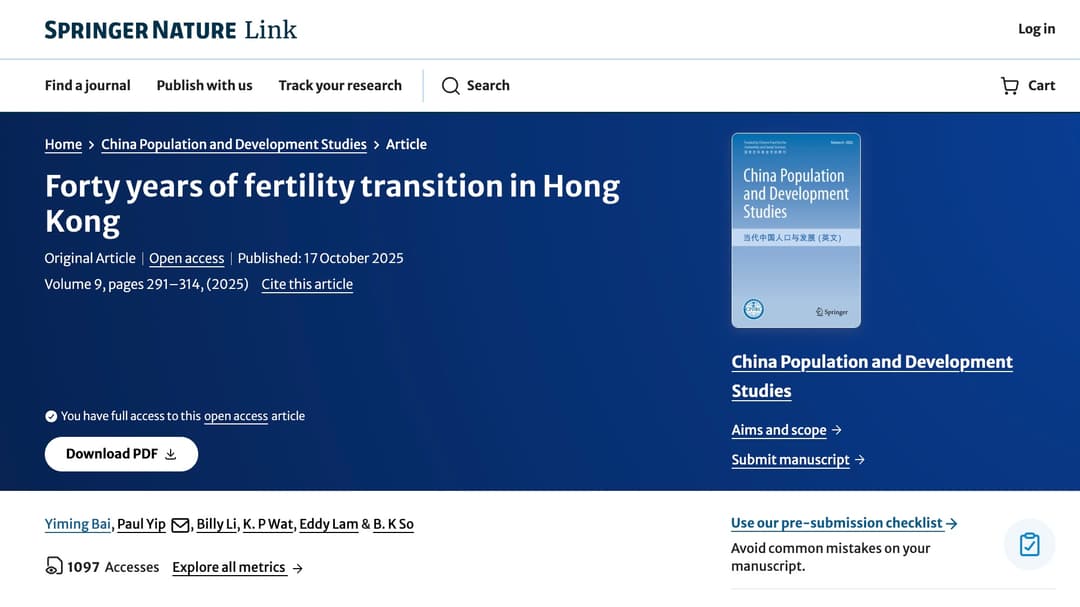Opinion
Echo Chambers in Social Media: Part 1 - Understanding the Phenomenon
Exploring how social media echo chambers form through algorithms, confirmation bias, and user behavior, shaping beliefs and increasing polarization
3 MIN READ
By Timmy
Published:
| Updated:
In today’s digital age, social media platforms shape how we consume information, connect with others, and form opinions. However, these platforms can also create echo chambers—virtual spaces where users are primarily exposed to ideas and opinions that reinforce their existing beliefs. This series explores the phenomenon of echo chambers, their causes, effects, and potential solutions. In Part 1, we define echo chambers and examine how they form on social media.
TL;DR
Echo chambers on social media are virtual spaces where users encounter only like-minded views, driven by algorithms, confirmation bias, and self-selection. These environments reinforce beliefs, increase polarization, and limit exposure to diverse perspectives, with significant psychological and societal impacts.
What Are Echo Chambers?
An echo chamber is an environment where individuals encounter only information or opinions that align with their own views, often amplifying their beliefs while shielding them from opposing perspectives. The term draws from the metaphor of an acoustic echo chamber, where sounds reverberate in a confined space. On social media, this translates to users repeatedly seeing content that confirms their worldview, creating a feedback loop that can deepen divisions and skew perceptions.
How Echo Chambers Form?
Echo chambers arise from a combination of technology, human behavior, and platform design. Here are the key drivers:
Algorithm-Driven Content
Social media platforms like YouTube, Twitter, and Facebook use algorithms to curate personalized feeds based on user data, such as demographics, engagement history, browsing habits, and social connections. These algorithms prioritize content likely to keep users engaged, often resulting in ideologically similar content. For example, a 2021 study found that platforms like Facebook show users content from like-minded sources, with one in five users experiencing an extreme echo chamber where at least 75% of posts align with their ideology.
Confirmation Bias
Humans naturally gravitate toward information that confirms their beliefs—a cognitive tendency known as confirmation bias. On social media, users are more likely to follow accounts that share their views, engage with agreeable content, and dismiss or ignore contradictory information. Researchers at the University of Texas at Austin note that this bias is a powerful force shaping online experiences, driving users into echo chambers.
Self-Selection
Beyond algorithms, users actively contribute to echo chambers through self-selection. They follow like-minded individuals, join ideologically aligned groups, and mute or unfollow sources of opposing views. According to the Reuters Institute, self-selection is the primary driver of echo chambers, often outweighing algorithmic influence.
The Psychological Impact
Echo chambers can have profound psychological effects. Constant exposure to confirming information can make users less tolerant of opposing viewpoints, entrenching their beliefs and reducing their ability to engage in constructive dialogue. This can lead to increased polarization, heightened anxiety when encountering differing opinions, and a sense of "otherness" toward those with contrasting views. Over time, these effects can foster intolerance and division in society.
Coming Up in the Series
In Part 2, we’ll dive into platform-specific research, exploring how echo chambers manifest on YouTube and Facebook, with real-world case studies. We’ll also examine the broader implications for political polarization and misinformation, before concluding with strategies to break out of echo chambers in Part 3.
This article is part of a three-part series on echo chambers in social media, compiled from recent research and expert analysis.






